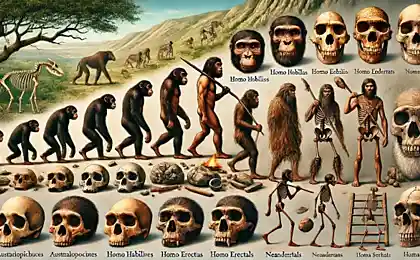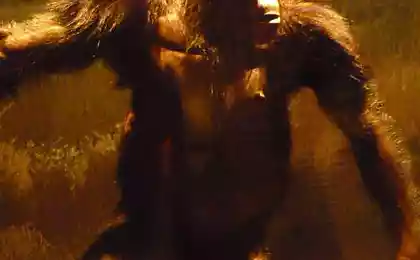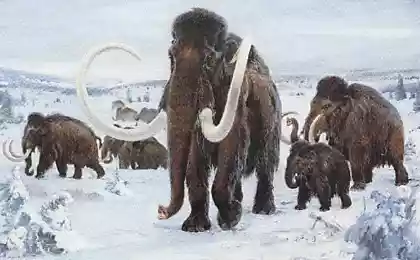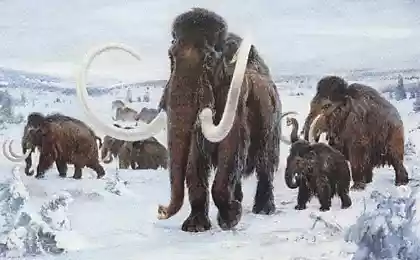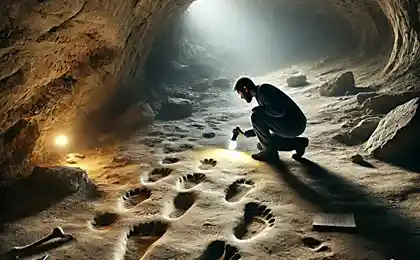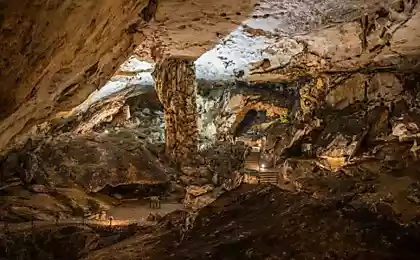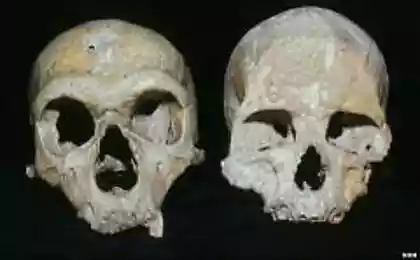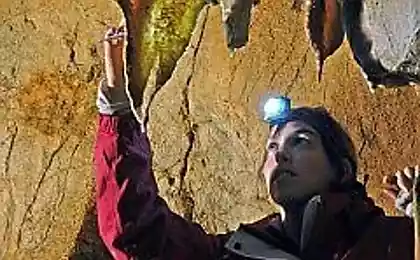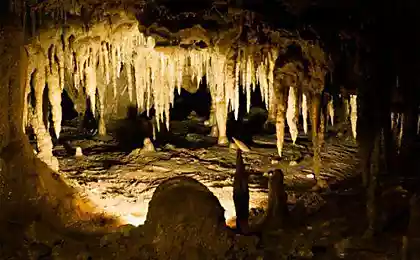790
The caveman didn't live in a cave.

In the 18th century, Carl Linnaeus founded modern biological taxonomy. And he was talking about Homo troglodytes, primitive humans living in caves in the Indonesian archipelago. Although the species of troglodytes, who are also called “forest man”, was a mistake, the title of “caves” took root behind the first people. This idea fits into the concept of human evolution: people came down from trees, found themselves on the ground, made houses in caves and then began to build skyscrapers in megacities. Archaeologists have found artifacts in caves, and therefore consider this place home in the modern sense of the word.
American anthropologist and archaeologist Margaret Conkey, a professor at the University of California, Berkeley, asked a simple question: What did people do all day in the cave? What if we looked at the data over the years from a mobile culture perspective, like the Eskimos? Conki decided to look for answers outside the cave.
For the past 20 years, Margaret Conkey and her team have been exploring open spaces at the foot of the Central Pyrenees in France. Her project “Between the Caves” focuses on the Paleolithic, or Stone Age: before humans became sedentary. During her work, Conki learned that people were not "caves" during this period.
Archaeologists can tell from their teeth what time of year the animal was killed. And some animals were only available for hunting at certain times of the year, such as fish species. The findings prove that people spent a couple of months a year in the cave.
The team examined 360 plowed fields, vineyards, sunflower crops and various crops in the Ariège area. According to Conkey, the plows pull all the artifacts to the surface, so there were a lot of finds at once. Among them are flint tools.
On the mountain range, the team accidentally found artifacts - they literally jumped out from under the hooves of horses. There were hundreds of stone tools in the area, and excavations led to stone slabs. These slabs could have been part of an outdoor house, dating back about 17,000 years. Yellow, black and red dyes suggest that early humans used them for drawing, including on the body.
At home, people made flint sources and used tools from this material. Some of the tools found after the creation were refined by subsequent generations. But the mobility of people confirmed pieces of flint, which were brought here from distant regions – sometimes located more than 200 kilometers. People had to make long transitions, transfer materials to each other.
Marguerite Conki suggests that people of that time should not be referred to as “homeless” but as “spatially ambitious.”
Healthcare Boom: how not to sour old
Review headphones closed type Monoprice Premium Hi-Fi DJ MHP-839
